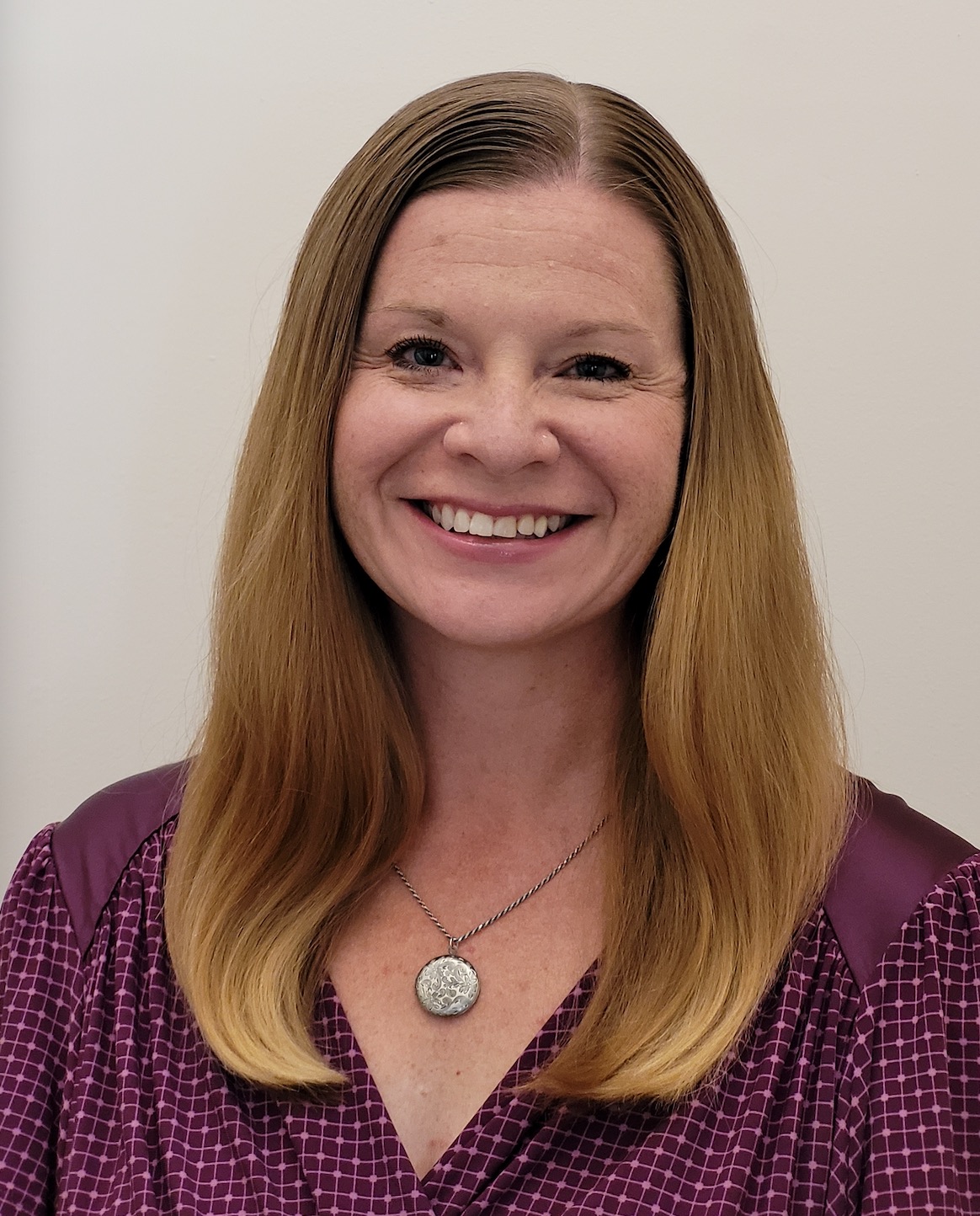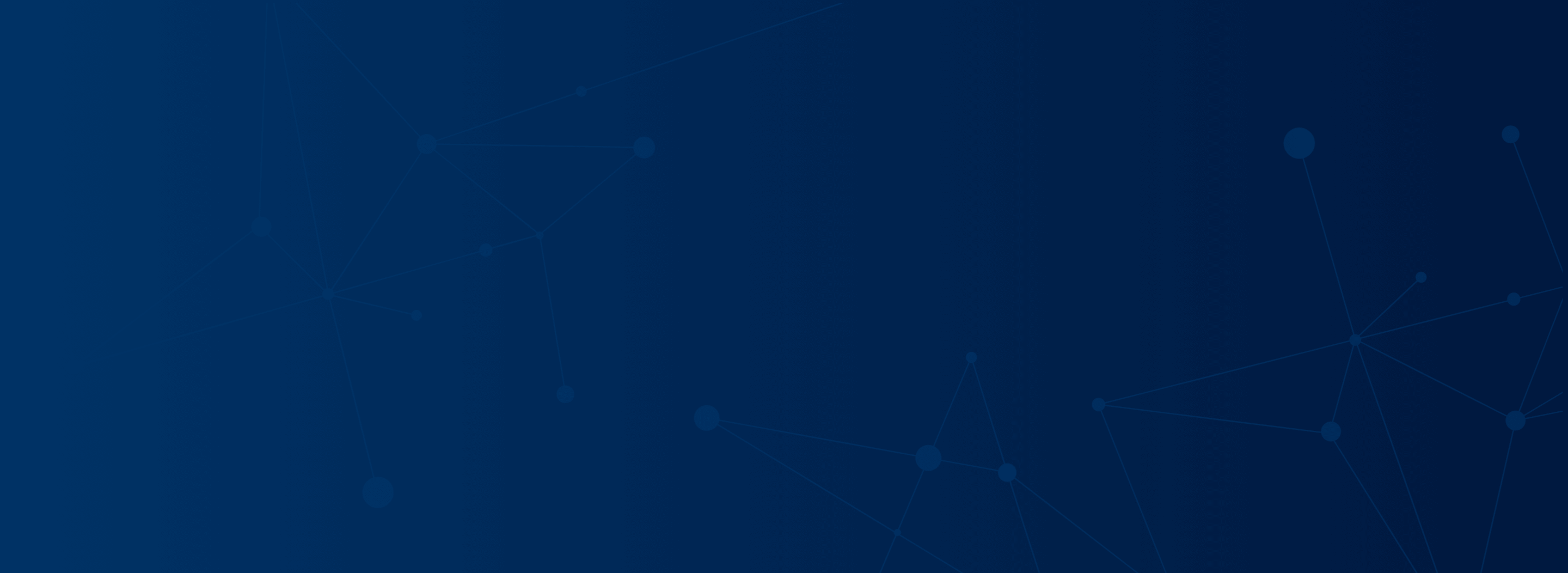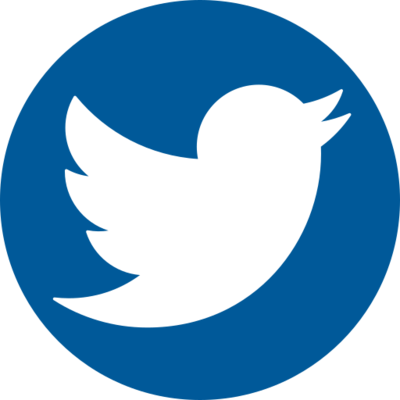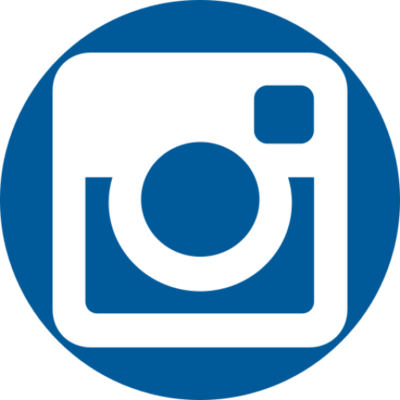
According to the Office of the National Coordinator for Health Information Technology (ONC), the technology patients use today to access electronic health information (EHI) is better at helping them manage their data than it was ten years ago. People can view their EHI through apps offered by electronic health record (EHR) developers and healthcare providers.
However, patients could have an even better experience by leveraging standards-based applications, especially those built on the FHIR standard, to gather and exchange EHI from various sources seamlessly. Below, we'll discuss how Stampz and Sprkz benefit patients and providers by ensuring data is accessed, combined, checked, and exchanged safely within standards accessible across the care journey.
Simple, Comprehensive Solutions for Patient Document Exchange and Interactions
So, what are Stampz and Sprkz?
Stampz™ is a document exchange channel that provides secure access to digital documents in Sprkz and is backward compatible. By "backward compatible," we mean that a person can access a document digitally via a generated QR code, link, and secure PIN, perform any required interaction steps, and return it along with any other supporting documents through multiple channels such as fax, Stampz, email, direct message, etc.
Sprkz™ offers a simple yet powerful web-based experience for viewing and interacting with digital documents and interactive dataDocuments™. For context, dataDocuments are specialized documents created by zPaper that use interactive PDF fields enabled by FHIR (a standard for exchanging healthcare information electronically). This means data provided within an interactive dataDocument can be easily mapped back to fields within an EHR that uses the FHIR data standard. This offers a substantial advantage to providers regarding interoperability, as it widens the accessibility and actionability of data within a document while also enhancing any OCR (Optical Character Recognition) processes utilized by a company due to the data's improved readability. Additionally, Sprkz provides access to a built-in health database where individuals can look up information such as providers, medications, dosages, etc. This improves the accuracy of data shared between patients, providers, and extended care teams. We will highlight several other collaboration and intelligent data features in this article.
Both of these solutions work together to enhance information sharing, timelines, and quality of the overall experience for both patients and providers. Furthermore, they are developed using advanced web3.0 technology and are backed by zPaper's HITRUST Cloud to guarantee a top-notch level of security and HIPAA compliance throughout the entire document journey.
Let's now explore some of the ways these solutions can provide helpful benefits to both patients and providers.
Patient Benefits of Sprkz
Most patients can access their medical data through a portal their provider offers. MyChart is a popular example. However, unless one provider handles the patient’s healthcare needs, they’ll likely have to go back and forth among multiple MyChart accounts to get all their information. If providers use apps other than MyChart, patients must log in and out of multiple portals. Plus, patients can’t do much with the data in these portals besides pull it up and look at it. There’s no ability to edit or make the information available to another party. For example, patients who receive pre-diabetes test results can’t make these glucose levels easily accessible to an endocrinologist or dietician.
Additionally, for most companies that require document completion, patients typically don't have the ability to avoid manually completing the same information across multiple pages. In fact, they typically can't attach additional documents, images, and other assets that would be helpful to the provider within a single experience.
Sprkz enhances healthcare document interactions through a secure and user-friendly web application. Patients can easily access documents, retrieve data from a health database and multiple participating EHRs, add extra assets, and fill in digital documents manually or with information from participating EHRs. Additionally, patients can include additional documents, images, and assets to share with their providers. These features empower patients to review, verify, and share information from their care journey with providers, identifying any gaps that need attention. This also allows them to provide extra information that streamlines the time and quality of care.
With smart data entry, the patient can input information once and then tell Sprkz to remember those details and fill them in across other documents. Using the built-in access to an extensive health database, the patient can search a physician contact directory and prescription drug list to ensure the provider’s name, medication, and dosage details are correct when entered. Data accessed can then be added within the FHIR data fields.
The markup and notes capabilities in Sprkz enable patients to highlight specific areas of the document and provide additional information where needed. The eSignature feature lets patients sign documents electronically and save signatures for future use.
Provider Benefits of Stampz and Sprkz
Processing patient forms often remains a frustrating, manual process for healthcare providers. The patient fills out a form, only for the provider to then manually enter the data into their EHR. This repetitive task can occur at initial visits and during a patient's care journey, especially when updating insurance plans and medical conditions.
Sharing this information becomes even more cumbersome when sending it to another provider with a different EHR or specific channels. The manual process starts all over again: printing patient data and faxing it to the second provider, who then manually inputs it into their system.
zPaper's fax alternative for exchanging documents between healthcare organizations, Stampz, helps ensure safe and streamlined access to sensitive patient information. It allows digital documents to be shared and accessed through auto-generated QR codes, links, and a secure PIN. This feature decreases costs related to conventional fax solutions, which are generally higher due to materials, high page plan requirements, and labor.
Stampz bridges the gap between secure digital document management and traditional communication channels. Unlike faxing, with its limitations in file formats and speeds, Stampz provides access to digital documents which can then be returned digitally or through traditional channels such as fax. This ensures fax is no longer a barrier to using digital documents, allows organizations to maintain the quality of the documents, and promotes channel flexibility, fostering a smooth and secure document exchange workflow.
So, what does it look like to interact with documents made accessible by Stampz? This is where Sprkz comes in. Just as we mentioned for the patient experience, Sprkz goes beyond simply viewing documents – it empowers providers to share documents, images, and other relevant data securely with patients and other healthcare providers. This improves providers' ability to share and receive information.
Earlier, we mentioned using zPaper dataDocument documents, which allows individuals to add data to interactive PDFs that are FHIR-enabled to ensure the data entered is easily accessible across providers' systems, making them medically aware documents. This capability allows data to be seamlessly mapped back to Salesforce or participating EHRs. Additionally, Sprkz ensures document interactions are traceable and provides the ability to secure access to different pages or data fields.
Lastly, Sprkz is fully compliant with the SMART on FHIR application standards. It's designed to meet the requirements of the 21st Century Cures Act, supporting FHIR for healthcare data exchange. This commitment to standards promotes better interoperability, ensuring your data is handled with the utmost care.
Contact zPaper today to discover how Sprkz and Stampz can elevate your healthcare document exchange process.











